Entry Type: Thing - Starting with R
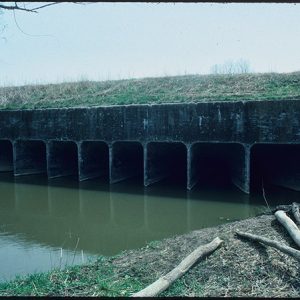 Rivervale Inverted Siphons
Rivervale Inverted Siphons
Roads and Highways
Rob Roy [Steamboat]
Robes of Splendor
aka: Robes of the Three Villages
aka: Three Villages Robe
aka: Buffalo Dancers Robe
 Ticket from World Series with Brooks Robinson
Ticket from World Series with Brooks Robinson
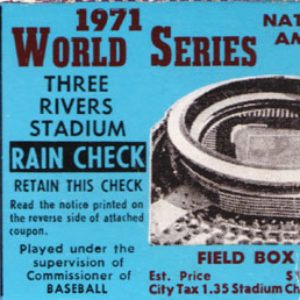 Ticket from World Series with Brooks Robinson
Ticket from World Series with Brooks Robinson
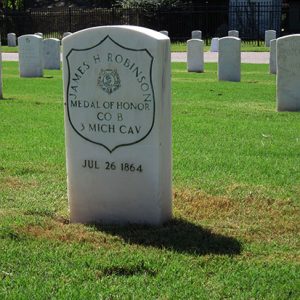 James Robinson Grave
James Robinson Grave
 Joe T. Robinson Funeral Ticket
Joe T. Robinson Funeral Ticket
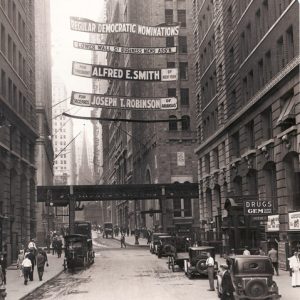 Smith/Robinson Campaign Signs
Smith/Robinson Campaign Signs
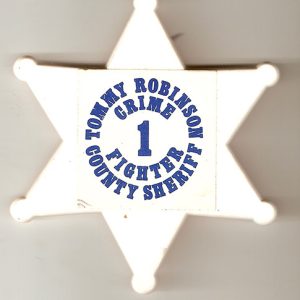 Tommy Robinson Pin
Tommy Robinson Pin
Rock ‘n’ Roll Highway 67
Rock and Roll Music
 Rock Art Panel
Rock Art Panel
Rock Art, Native American
Rock Island Argenta Depot
 Rock Island Bridge
Rock Island Bridge
Rock Island Bridge (Little Rock–North Little Rock)
aka: Choctaw Bridge
aka: Clinton Presidential Park Bridge
 Rock Island Diesel Switcher
Rock Island Diesel Switcher
Rock Island Line, The
 Rock Island Locomotive
Rock Island Locomotive
 "Rock Me," Performed by Sister Rosetta Tharpe
"Rock Me," Performed by Sister Rosetta Tharpe
Rock Region Metropolitan Transit Authority
aka: Central Arkansas Transit Authority (CATA)
Rock Town Distillery
 Rock Town Distillery
Rock Town Distillery
Rockabilly
 Rockefeller Program
Rockefeller Program
 Winthrop Rockefeller Campaign Sticker
Winthrop Rockefeller Campaign Sticker
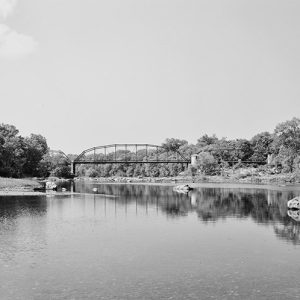 Rockport Bridge
Rockport Bridge
Rockport Cemetery
Rocks and Minerals
 Rocky Mountain Daisies
Rocky Mountain Daisies
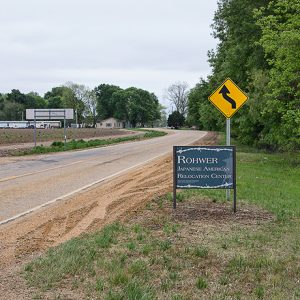 Rohwer Memorial
Rohwer Memorial
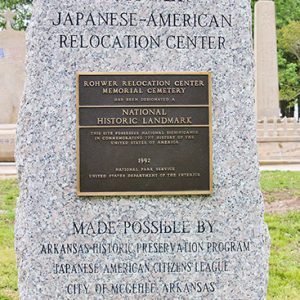 Rohwer Marker
Rohwer Marker
 Rohwer Memorial
Rohwer Memorial
Roller Derby
 Romans Record
Romans Record
Ronoake Baptist Church
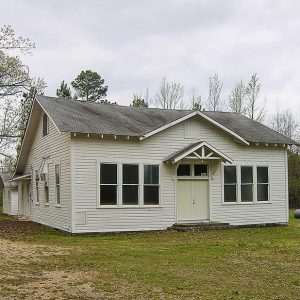 Ronoake Baptist Church
Ronoake Baptist Church
 Ronoake Baptist Church Plaque
Ronoake Baptist Church Plaque
 Ronoake Baptist Church
Ronoake Baptist Church
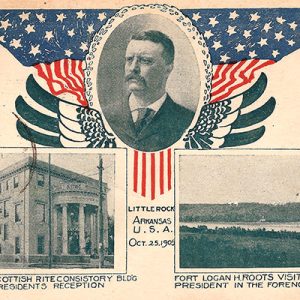 Roosevelt Visit
Roosevelt Visit
Rosalie Goes Shopping
Rose Hill Cemetery
 Rose Hill Cemetery
Rose Hill Cemetery
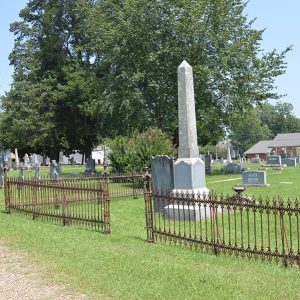 Rose Hill Cemetery
Rose Hill Cemetery
 Rose Hill Cemetery
Rose Hill Cemetery
Rose Publishing Company
Rosedale Plantation Barn
 Rosedale Plantation Barn
Rosedale Plantation Barn




